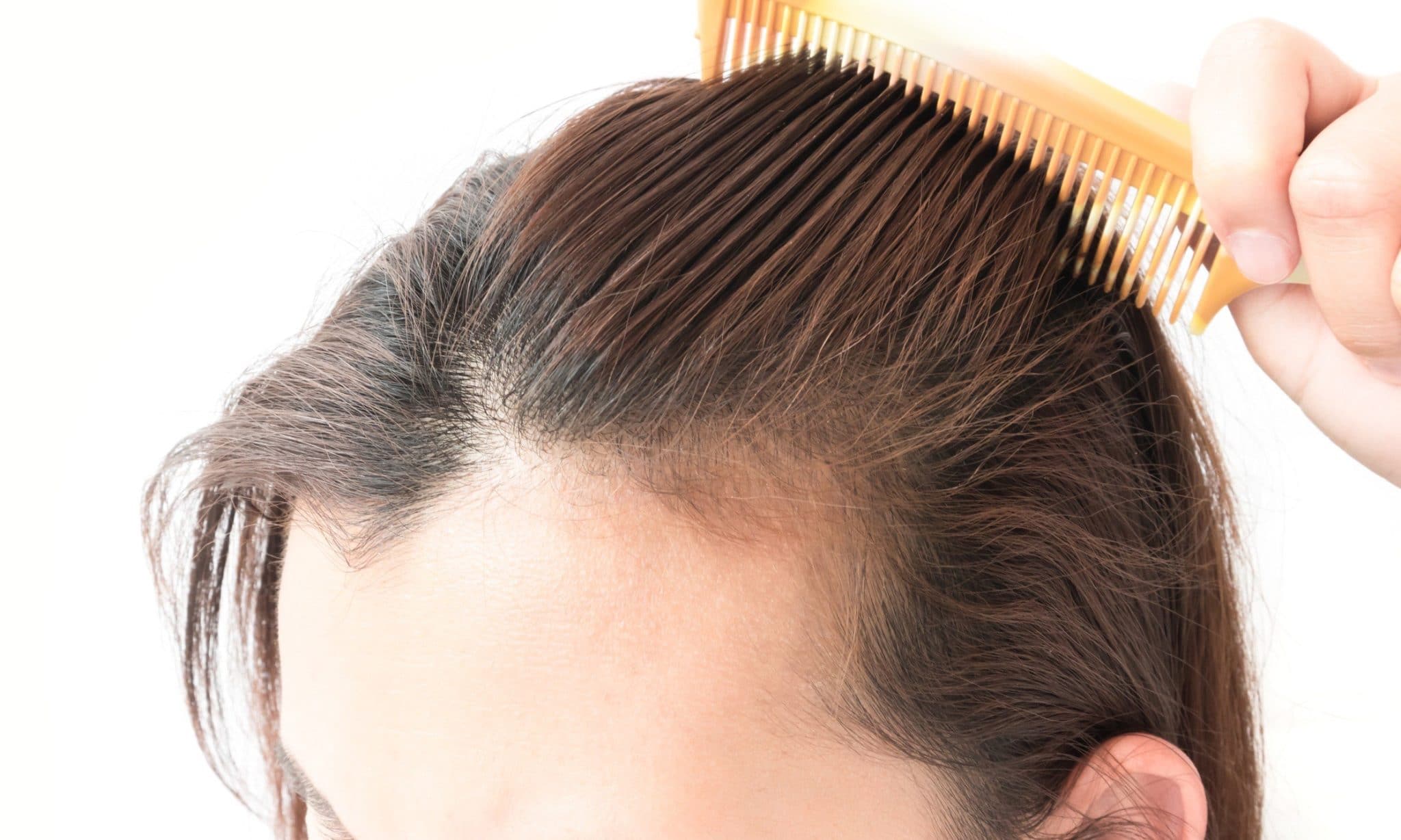Genetics
The female pattern hair loss gene is a hereditary one. It doesn’t usually present itself until later in a woman’s life and if often associated with menopause and post-menopause. The reason that it presents itself at this time is due to the higher levels of testosterone and reduced oestrogen.
As women’s hormones change in later life, the hormone androgen can increase. This hormone is often associated with hair loss and can be linked to conditions such as PCOS (polycystic ovary syndrome). There is also a small chance that a spike in androgen could be caused by an androgen-secreting tumour. It is always best to visit your physician if you start experiencing unusual amounts of hair loss.
Hair loss may be the symptom of an underlying illness. Alopecia areata is a rare disorder that causes the immune system to attack the hair follicle – causing the hair to fall out. Sever infections, high temperatures and surgery can also promote hair loss.
As with men, stress can take a huge toll on women’s health. On top of poor sleep patterns, and skin and digestive issues, stress can affect hair health too. This may begin as a dry scalp, dandruff or irritable patches, and progress to thinner hair, hair loss and eventual balding.
Due to a female’s monthly cycle, iron deficiency is much more common in women than men. Iron is essential in producing hair cell protein, therefore a lack of it can result in less hair being produced. Luckily, this type of hair loss is easily remedied and can be externally treated to speed up the process.


